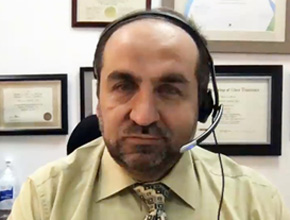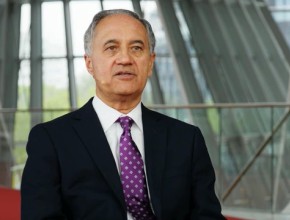This is part 2 of the interview. Click to see part 1.
Piotr Gajewski, MD, PhD: Could you tell me how is internal medicine financed in the United States and what role does the patient medical home play in the system?
Philip A. Masters, MD: We have a very interesting situation in the United States. As most people realize, we spend more per capita on patient care than any other nation in the entire world, and the sad irony of that is that our patient outcomes are not necessarily better. In fact, they are probably down the scale from a lot of other countries who spend a lot less on patient care.
There is an interesting tension in the United States. We love technology, we love subspecialization, we love the expertise that comes with advanced treatment and very specialized and subspecialized treatment. That said, there is also great evidence that preventive services, primary care services, chronic management of complex diseases— comprehensively instead of managing simply one disease at a time—is also extremely cost-effective. We have sort of a double system.
In terms of payment, there tends to be good reimbursement for people who do very high-end, high-subspecialty procedures. That has had the effect of pushing a fair number of people into those fields and away from general internal medicine. We suffer from that as well.
In the United States there are also significant administrative burdens associated with primary care, which has made that less attractive.
The flip side of that, though, is that there is great attraction to the ability to manage people comprehensively. Internal medicine training is fairly long and intensive, and it takes a long time to gain mastery of the skill. A lot of people do not really wish to lose that skill of being able to manage all the different aspects of patients. That is a driver toward general internal medicine, primary care internal medicine, hospital-based medicine, where you really are managing the overall patient.
The patient-centered medical home is an extension of that. It is a recognition by the payers that there are benefits to having a team approach to this, in most cases directed by the general internist and pulling in all the associated subspecialists, internal medicine subspecialists, non–internal medicine specialists, advanced practice clinicians, nutritionists, pharmacists, and the like into a more comprehensive approach in caring for the patient. It has been quite effective.
There are some situations, particularly for people who have a very focused problem, where subspecialty internists are sort of the leader of the patient-centered medical home. But by and large most medical homes tend to be run by general internists.
 English
English
 Español
Español
 українська
українська











